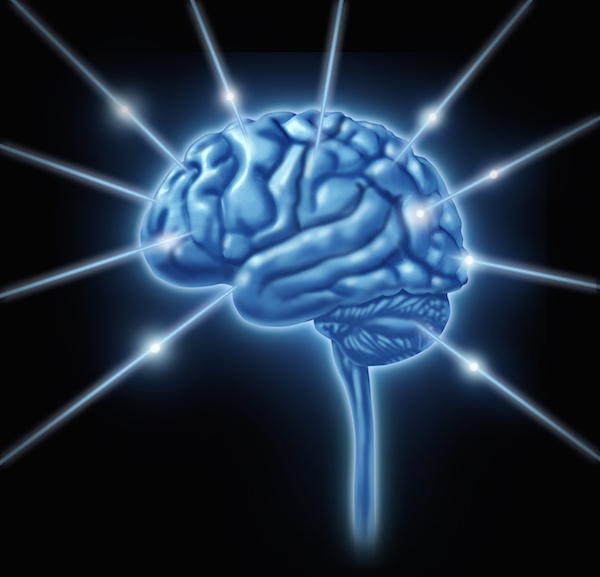
TUESDAY, Nov. 8 (HealthDay News) — The brains of autistic children have far more neurons in the prefrontal cortex than the brains of kids without autism, finds a new study that could advance research into the disorder.
“For the first time, we have the potential to understand why autism gets started,” said study author Eric Courchesne, a professor of neurosciences at the University of California, San Diego School of Medicine and director of the Autism Center of Excellence.
“Creating brains cells and the correct number of brain cells is absolutely fundamental to building the brain,” said Courchesne. “If there is an excess number of neurons, there must be a negative consequence to that in the way the brain gets wired or organized.”
In this small, preliminary study, the researchers examined postmortem brain tissue from seven boys with autism and six boys without autism who were aged 2 to 16 when they died.
The autistic children had on average 67 percent more neurons — a type of brain cell and a fundamental building block of the nervous system — than boys without autism of a similar age.
Specifically, they found autistic children had 79 percent more neurons in the dorsolateral prefrontal cortex and 29 percent more in the mesial prefrontal cortex than other kids.
The prefrontal cortex is key to complex thoughts and behaviors, including language, social behavior and decision-making. The dorsolateral prefrontal cortex is closely linked with “executive function,” including planning, reasoning and “very high level cognition,” said Lizabeth Romanski, an associate professor of neurobiology and anatomy at the University of Rochester Medical Center, who was not involved with the research. The mesial prefrontal cortex is thought to be important to social and other behavior and emotions.
While typically developing kids had about 1.16 billion neurons in the prefrontal cortex, autistic children had about 1.94 billion.
The study is published in the Nov. 9 issue of the Journal of the American Medical Association.
Autism is a neurodevelopment disorder characterized by problems with social interaction, communication and restricted interests and behaviors. An estimated one in 110 U.S. children — many more boys than girls — has the disorder, according to the U.S. Centers for Disease Control and Prevention.
Neurons are generated only during fetal development, specifically between 10 weeks and 20 weeks, Courchesne said. While neurons continue to grow in size during childhood, and brain connections get built and pruned, the number of neurons remains constant from birth.
That means that whatever goes wrong in autism starts in utero, which should help focus researchers looking for its causes or triggers, including specific genes or prenatal exposures.
“Now let’s find out what genes or what in-utero, non-genetic conditions lead to an excess number of neurons,” he said.
Prior research has also documented “brain overgrowth” in autistic children, but those studies were done by measuring brain circumference or MRIs, experts said. In this research, researchers were able to be more specific by counting brain cells in the prefrontal region.
“This very nicely builds on previous research and tries to explain why this increase in brain size might be, and what they find is it’s because of an increased number of neurons,” Romanski said.
After a period of proliferation during the second trimester, neurons are also “pruned,” meaning that they undergo a planned cell death. “This pruning process, the dying off of cells, is a very important part of brain development,” Romanski said.
One question that needs to be explored is whether autistic brains generate more neurons, or if they have a malfunctioning “pruning” process, she said.
Nicholas Lange, an associate professor of psychiatry and biostatistics at Harvard Medical School in Boston, cautioned that the study was small. He also said more needs to be learned, including whether excess neurons in the prefrontal cortex occur only in autism or in other developmental conditions, or even in any typically developing kids, as well.
Some of the kids with autism had many extra neurons, but not all had brains out of the normal range for weight, as would be expected. “The relationship between increased neuron count, brain overgrowth, and increased brain weight in autism is complex,” Lange wrote in accompanying editorial.
Conducting postmortem brain tissue studies is a lengthy process because there are few brains available to study, Courchesne said. Eight of the 13 children whose brains were studied had drowned.
“So very seldom do people at that moment make the decision to donate their child’s brain tissue for research, and in the absence of brain tissue for research, it goes very slowly,” he said.
More information
The U.S. National Institute of Neurological Disorders and Stroke has more on autism.

